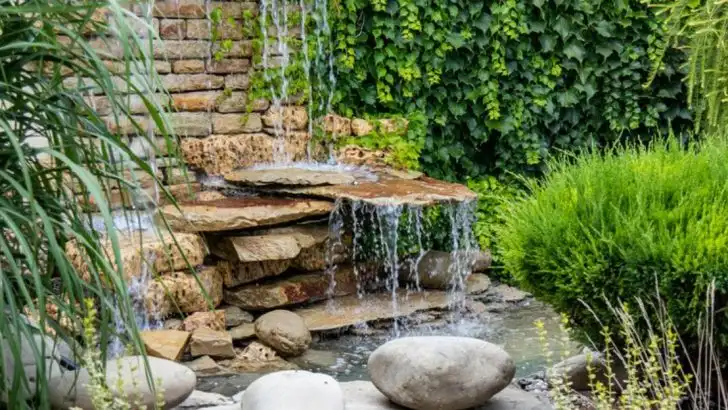Your yard deserves better than mulch volcanoes and sad little shrubs. If your landscaping looks like it was last updated when flip phones were cool, it’s time for a reboot—one with serious style. Forget safe. Forget subtle. We’re talking bold moves, clean lines, and plants that make the neighbors stare (in a good way). Designers are going all in this year—gravel gardens that feel like sculpture, front lawns that double as wildflower meadows, and yes, rocks that actually look chic. Turns out, curb appeal isn’t just about mowing the lawn anymore. It’s about making your yard unforgettable. The good news? You don’t need a mansion or a full-time gardener to pull it off. These 12 trends bring the drama without the maintenance headaches—and we’ve thrown in 6 curb-appeal power plays that’ll make your home look like a magazine cover. Let’s get into it—your dream yard is calling.
Native Plant Landscaping
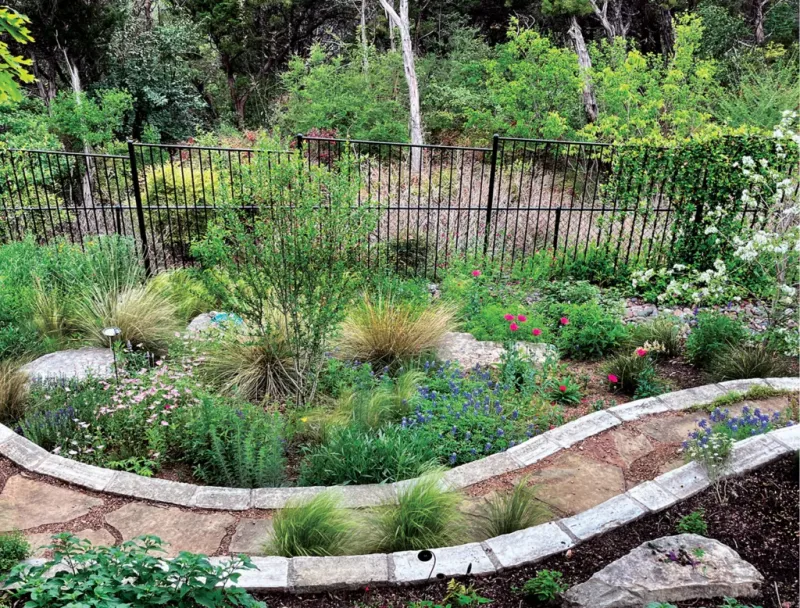
Native plants are making a comeback, thanks to their ability to thrive in local climates and support native wildlife. Designers favor these plants for their low maintenance needs and ecological benefits. They offer a natural look that blends seamlessly into the surrounding landscape. By reducing water usage and chemical inputs, native plant gardens offer an environmentally friendly alternative to traditional lawns. Their varied textures and colors create an ever-changing tapestry that evokes a sense of place. Embracing native plants not only beautifies gardens but also fosters a healthy ecosystem.
Pollinator Gardens
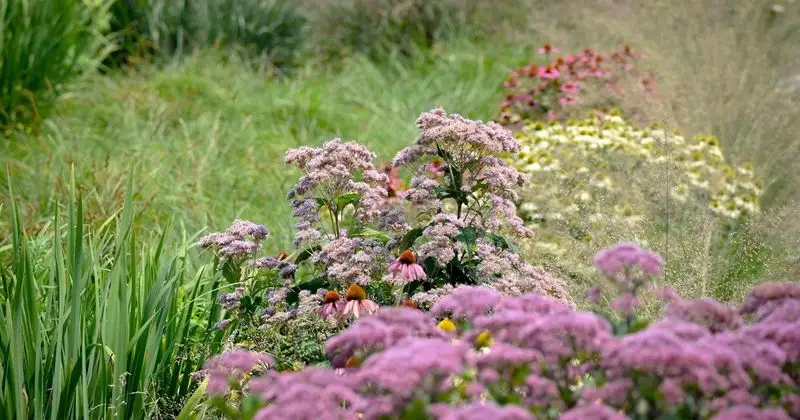
Pollinator gardens are designed to attract bees, butterflies, and other beneficial insects. These gardens provide essential habitats for pollinators, which are crucial for food production. By planting a variety of nectar-rich flowers, gardeners can create a lively and colorful space. Designers appreciate the dynamic element these gardens bring, as they are constantly in motion. In addition to aiding pollinators, these gardens offer a sensory experience with their fragrances and textures. Creating a pollinator-friendly space adds life and energy to any garden.
Vertical Gardens
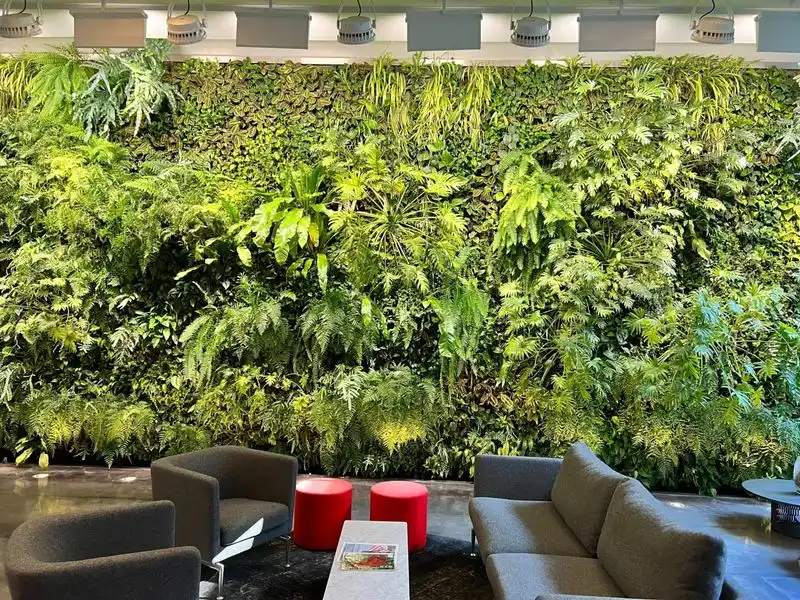
As urban spaces shrink, vertical gardens provide a solution for incorporating greenery into small areas. These gardens utilize walls and vertical structures, offering a unique way to display plants. Designers favor vertical gardens for their ability to soften urban environments and improve air quality. They add a modern aesthetic and can be tailored to fit any space. With options ranging from simple DIY projects to elaborate installations, vertical gardens offer flexibility in design. Their ability to transform dull spaces into lush green areas is unmatched.
Edible Landscapes
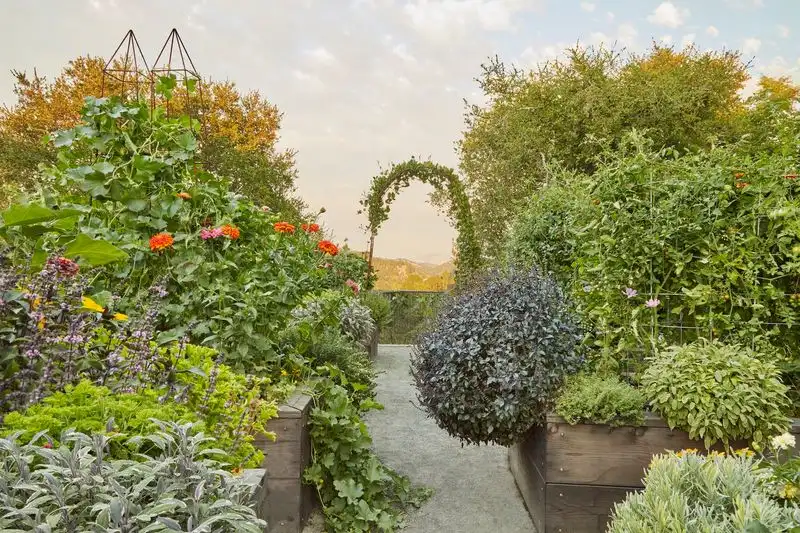
Edible landscapes combine beauty and functionality, offering a bounty of fresh produce straight from the garden. By integrating fruits, vegetables, and herbs into traditional landscaping, homeowners can enjoy the flavors of their labor. Designers love the idea of edible gardens for their sustainability and practicality. These landscapes reduce food miles and encourage homegrown consumption. The mix of edible plants adds texture and diversity, creating a dynamic and ever-changing landscape. With careful planning, edible landscapes can be both productive and aesthetically pleasing.
Sustainable Hardscaping
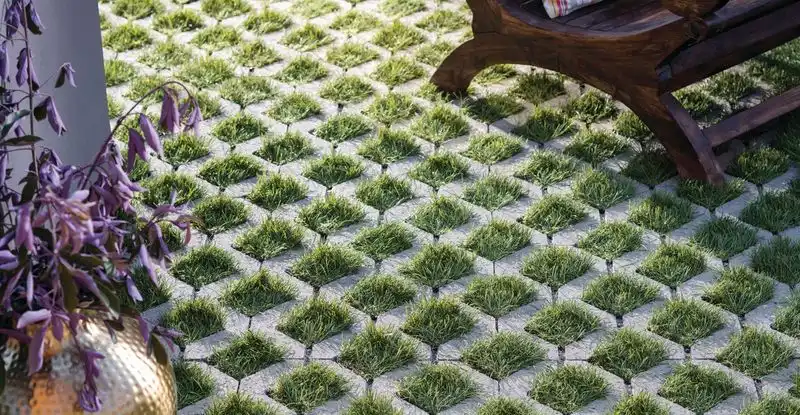
Sustainability in hardscaping is gaining traction, with designers selecting materials that minimize environmental impact. Recycled materials, permeable pavers, and locally sourced stones are popular choices. These elements reduce the carbon footprint and manage stormwater efficiently. Sustainable hardscaping offers durability and style, with clean lines and natural textures that complement plantings. By choosing sustainable options, homeowners contribute to environmental conservation while enhancing the beauty of their outdoor spaces. This trend reflects a growing awareness of the importance of eco-friendly design practices.
Water Features
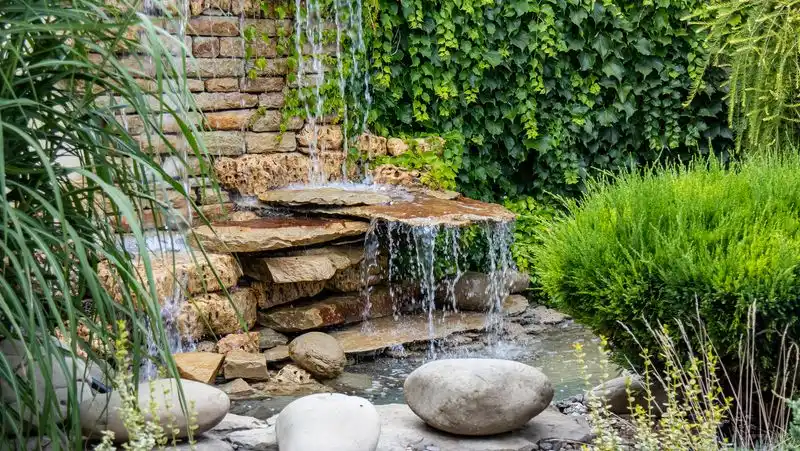
Water features add a soothing element to gardens, creating tranquil spaces for relaxation. Ponds, fountains, and waterfalls provide a focal point and attract wildlife. Designers appreciate the calming effect of water features, which enhance the sensory experience of a garden. The sound of water creates a peaceful ambiance, inviting contemplation and rest. With various styles and sizes available, water features can be tailored to fit any space. The reflective quality of water also adds depth and interest to landscapes, enhancing their visual appeal.
Xeriscaping
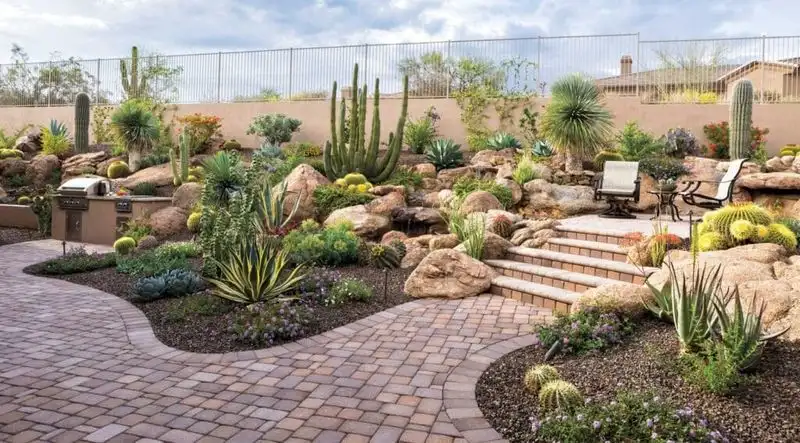
Xeriscaping is gaining popularity as a water-saving landscaping option, particularly in arid regions. By using drought-resistant plants, this approach reduces water consumption and maintenance. Designers favor xeriscaping for its ability to create low-maintenance, sustainable gardens. The use of rocks, gravel, and native plants adds texture and interest, creating a unique aesthetic. Xeriscaping offers a practical solution for those looking to reduce their environmental footprint while maintaining a beautiful outdoor space. This trend aligns with growing concerns about water conservation and climate change.
Outdoor Living Rooms
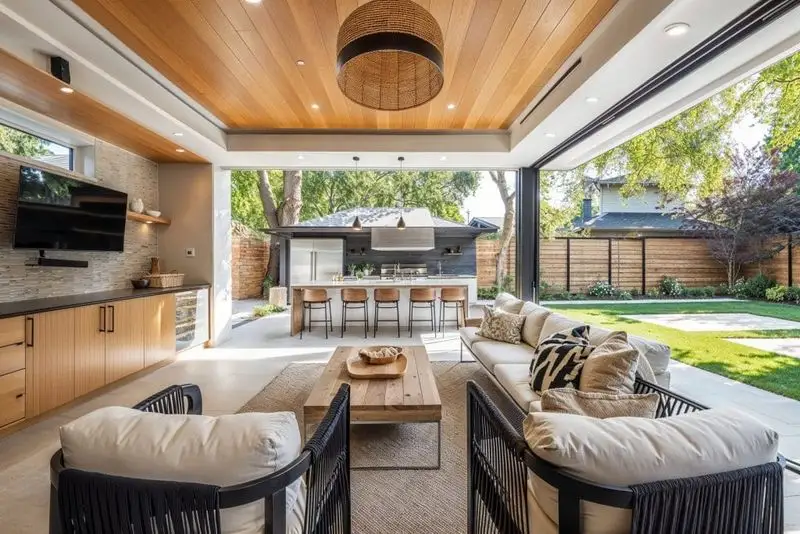
Outdoor living rooms blur the lines between indoor and outdoor spaces, offering comfort and functionality. Equipped with seating, lighting, and sometimes kitchens or fire pits, these spaces are ideal for entertaining. Designers love the versatility of outdoor living rooms, which can be customized to suit any style. They extend the living area of a home and create a seamless transition from inside to outside. By incorporating weather-resistant materials and cozy elements, outdoor living rooms become a favorite spot for relaxation and socializing.
Wildlife-Friendly Gardens
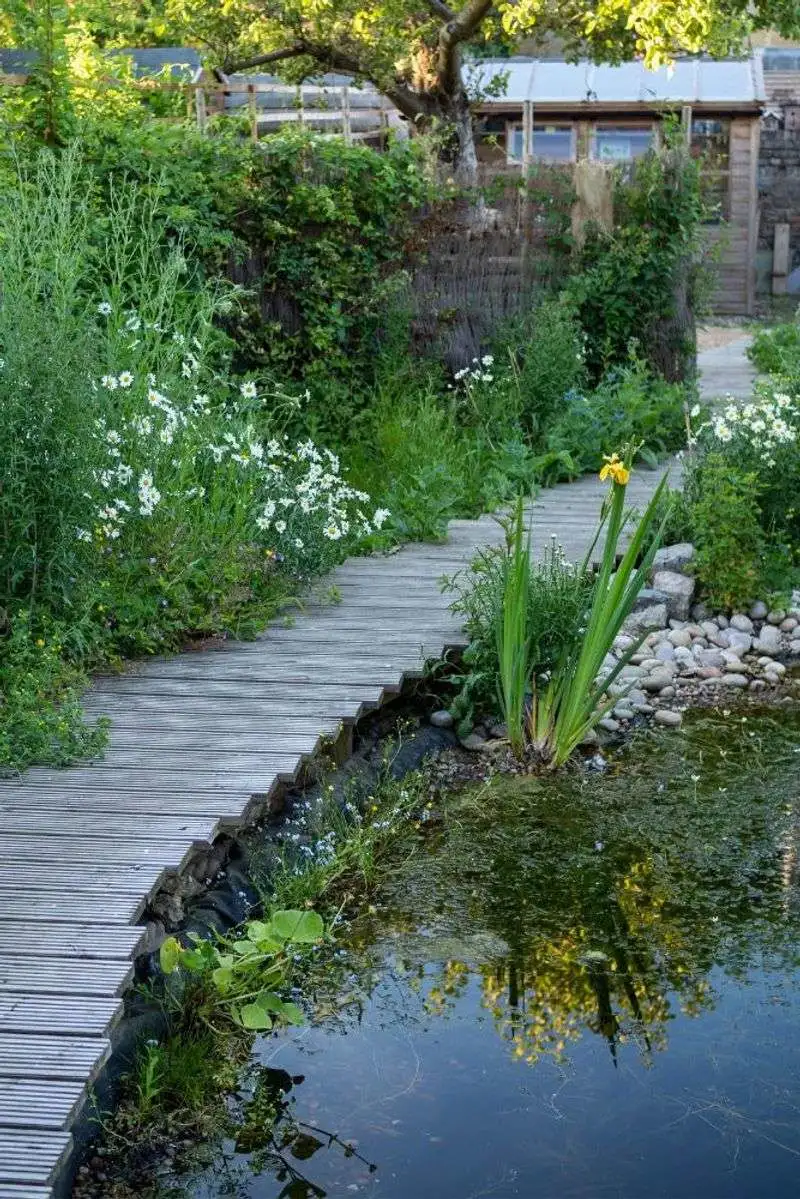
Wildlife-friendly gardens are designed to support local fauna by providing food, shelter, and water. These gardens create habitats for birds, insects, and small mammals, promoting biodiversity. Designers appreciate the ecological benefits and the lively atmosphere these gardens offer. By planting native species and adding features like bird baths and feeders, homeowners can attract a variety of wildlife. These gardens not only contribute to environmental conservation but also offer an engaging and dynamic experience for nature lovers. They transform gardens into vibrant ecosystems.
Zen Gardens

Zen gardens offer a minimalist approach to landscaping, focusing on simplicity and tranquility. These gardens use elements like sand, stones, and carefully placed plants to create a serene atmosphere. Designers value Zen gardens for their calming influence and aesthetic appeal. They require minimal maintenance, making them a practical choice for busy homeowners. The carefully curated elements encourage mindfulness and reflection, providing a peaceful retreat from daily life. Zen gardens promote a sense of balance and harmony, both visually and spiritually.
Smart Irrigation Systems
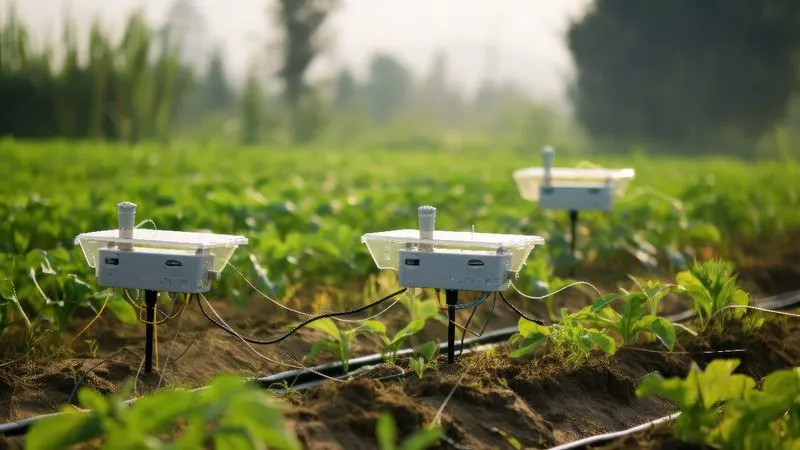
Smart irrigation systems offer an efficient way to manage water usage in gardens. These systems use sensors and timers to ensure plants receive the right amount of water. Designers favor smart irrigation for its ability to conserve resources and reduce utility bills. The automation and customization options make it easy to maintain healthy landscapes. By optimizing water use, smart irrigation supports sustainability and environmental stewardship. This technology aligns with the trend towards smart home integration, offering convenience without compromising on aesthetics or plant health.
Mixed Material Pathways
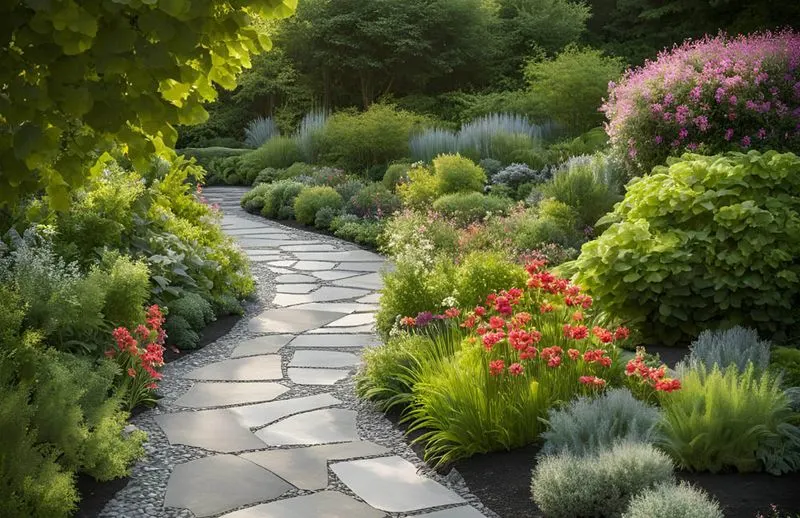
Mixed material pathways blend different textures and colors, creating visually appealing walkways. Designers use combinations of stone, gravel, and wood to add interest and guide visitors through the garden. These pathways offer flexibility in design and can complement a variety of landscaping styles. The contrast in materials creates a dynamic look that enhances the overall aesthetic of the garden. By incorporating different textures, mixed material pathways offer a tactile experience that invites exploration. This trend reflects a desire for personalized and creative outdoor spaces.
Perennial Borders
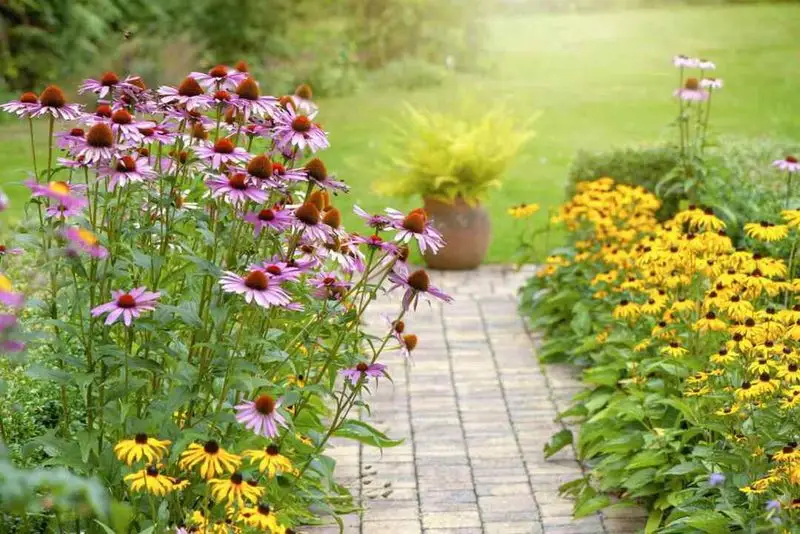
Perennial borders are a classic way to add color and interest to gardens year after year. These plantings use a variety of long-lasting flowers that bloom at different times, ensuring constant color. Designers appreciate perennial borders for their reliability and beauty. By carefully selecting plants, homeowners can create a harmonious display that evolves with the seasons. Perennial borders require minimal maintenance once established, making them an attractive option for busy gardeners. They offer a timeless charm that complements both traditional and modern landscapes.
Cottage Gardens

Cottage gardens evoke nostalgia with their informal and romantic style. Filled with a mix of flowers, herbs, and vegetables, these gardens offer a charming and eclectic appearance. Designers love cottage gardens for their relaxed and inviting atmosphere. The abundance of plants creates a lush, colorful display that attracts pollinators and wildlife. Cottage gardens require little planning, allowing for creativity and spontaneity. By blending traditional and contemporary elements, these gardens offer a whimsical escape from structured landscapes. They are a celebration of natural beauty and diversity.
Rain Gardens

Rain gardens are designed to manage stormwater runoff, reducing flooding and erosion. By using native plants and a gentle slope, these gardens capture and filter rainwater. Designers appreciate the environmental benefits and the practical solution rain gardens offer. They enhance the aesthetic appeal of a landscape while contributing to water conservation. Rain gardens provide habitat for wildlife and support biodiversity. This trend aligns with growing concerns about climate change and sustainable practices. By transforming rainwater into a resource, rain gardens offer both beauty and functionality.
Seasonal Containers
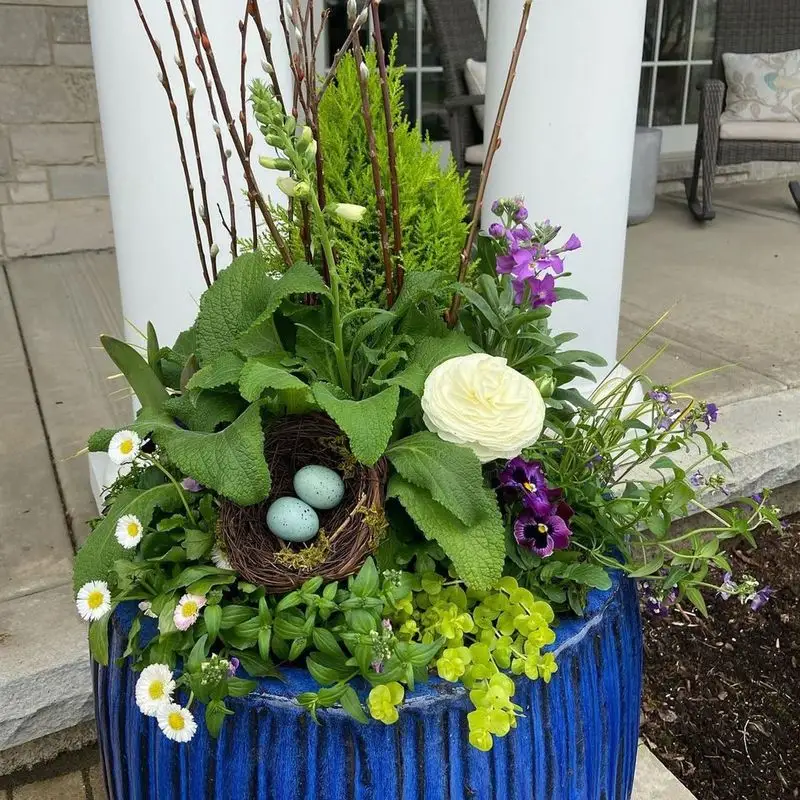
Seasonal containers offer flexibility and creativity in gardening, allowing for vibrant displays that change with the seasons. By using pots and planters, gardeners can easily update their outdoor spaces with fresh blooms. Designers love the versatility of seasonal containers, which can be moved and rearranged to suit any occasion. These portable gardens add color and interest to patios, decks, and entryways. Seasonal containers provide a simple way to experiment with different plant combinations and styles. They allow gardeners to refresh their landscapes effortlessly, celebrating each season’s unique beauty.
Fire Features

Fire features add warmth and ambiance to outdoor spaces, making them inviting even on cool evenings. Fire pits, fireplaces, and torches create a focal point for gatherings and relaxation. Designers appreciate the cozy atmosphere fire features bring, enhancing the functionality of outdoor spaces. These elements can be tailored to fit any design aesthetic, from rustic to contemporary. By extending the usability of outdoor areas, fire features encourage more time spent outside. They create a welcoming environment for entertaining and unwinding, adding a touch of luxury to gardens.
Reflective Surfaces

Reflective surfaces add a modern touch to gardens, creating illusions of space and depth. Mirrors, glass, and water features enhance the visual appeal by reflecting light and surroundings. Designers love the dynamic effects reflective surfaces offer, transforming ordinary gardens into extraordinary spaces. These elements can be used strategically to highlight specific features or create focal points. Reflective surfaces add a sense of elegance and intrigue, inviting exploration and discovery. By playing with reflections, gardens become more interactive and engaging, offering a fresh perspective on traditional design.

